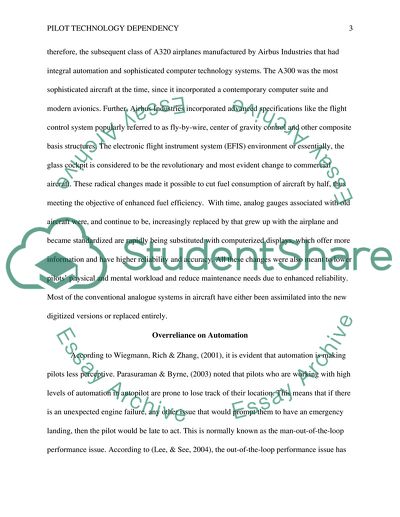Cite this document
(“Pilot Technology Dependancy Research Paper Example | Topics and Well Written Essays - 2500 words”, n.d.)
Pilot Technology Dependancy Research Paper Example | Topics and Well Written Essays - 2500 words. Retrieved from https://studentshare.org/technology/1812368-pilot-technology-dependancy
Pilot Technology Dependancy Research Paper Example | Topics and Well Written Essays - 2500 words. Retrieved from https://studentshare.org/technology/1812368-pilot-technology-dependancy
(Pilot Technology Dependancy Research Paper Example | Topics and Well Written Essays - 2500 Words)
Pilot Technology Dependancy Research Paper Example | Topics and Well Written Essays - 2500 Words. https://studentshare.org/technology/1812368-pilot-technology-dependancy.
Pilot Technology Dependancy Research Paper Example | Topics and Well Written Essays - 2500 Words. https://studentshare.org/technology/1812368-pilot-technology-dependancy.
“Pilot Technology Dependancy Research Paper Example | Topics and Well Written Essays - 2500 Words”, n.d. https://studentshare.org/technology/1812368-pilot-technology-dependancy.


